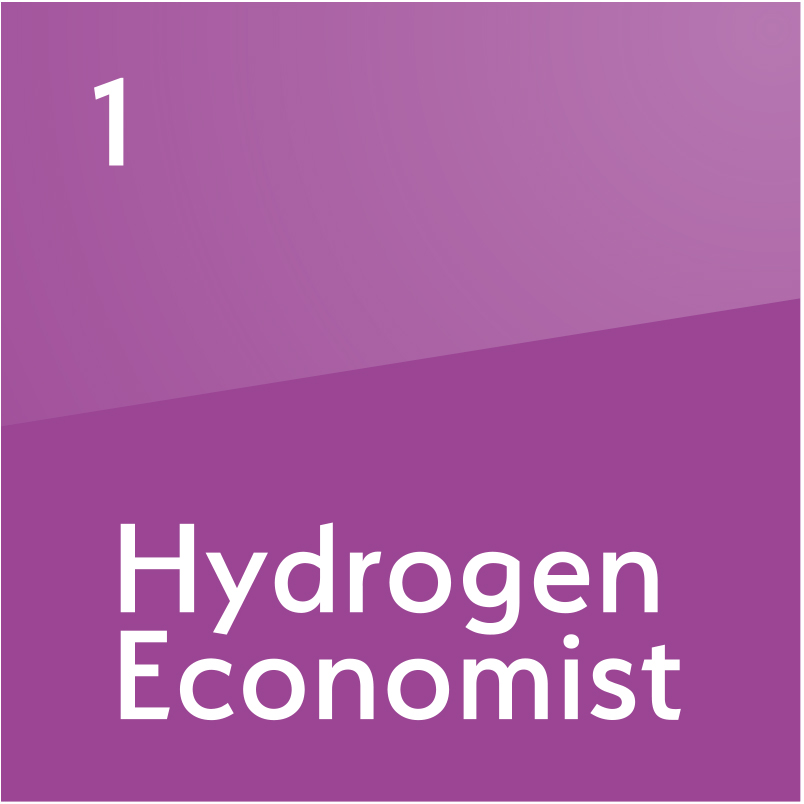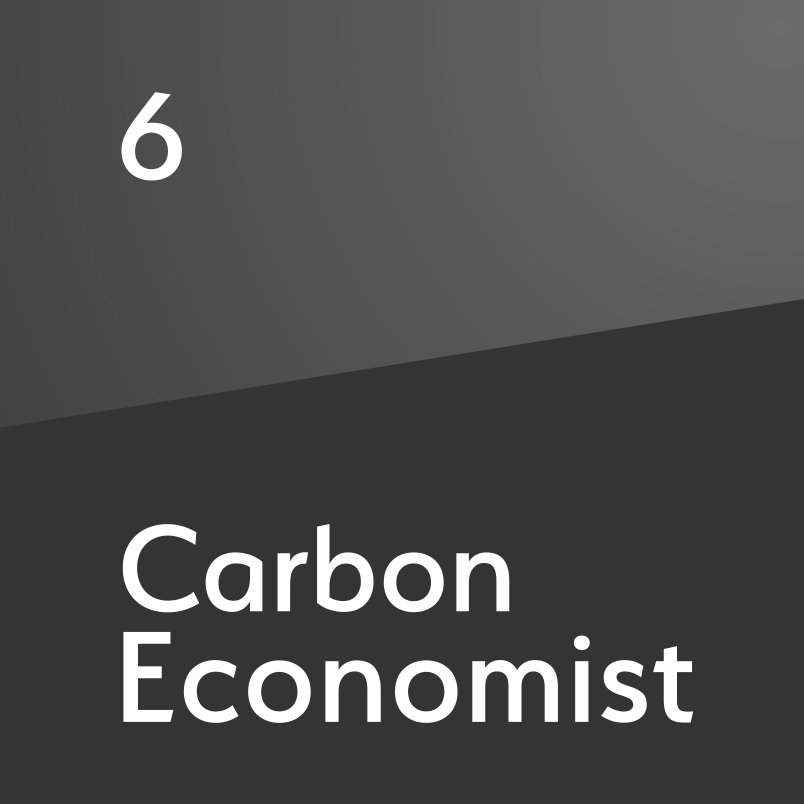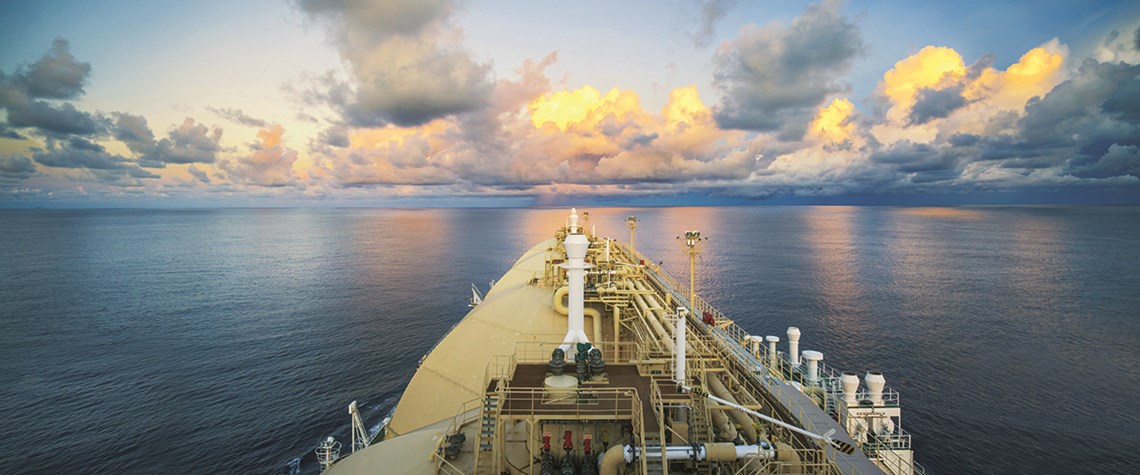The Mideast's gas paradox
It is home to the world's biggest exporter—and also some of its fastest-growing consumers. Yet intra-regional trade remains thin
The Middle East's transformation from swaggering liquefied natural gas-export hub to insurgent global demand hub continues apace. With domestic demand for gas pushing ever higher, the region's tight band of long-term importing countries—the UAE, Kuwait and Israel—has been expanded in the past couple of years with new entrants Jordan and Egypt. The latter two were among the fastest-growing LNG importing countries last year, amid a rapid deployment of floating storage and regasification units (FSRUs) starting in 2015. FSRUs have enabled the Middle East's new LNG importers to capitalise on fluctuating price trends. The region's apparently insatiable appetite for spot LNG cargoes has played a la

Also in this section
26 April 2024
While the US has been breaking records for its premium grade crude, there are doubts over whether you can have too much of a good thing
26 April 2024
Slowing demand growth and capacity expansions will squeeze refiners in coming years
25 April 2024
Some companies with assets in Israel have turned towards Egypt as tensions escalate, but others are holding firm despite rising tensions
24 April 2024
But even planned exploration activity is unlikely to reverse declining output from mature fields







